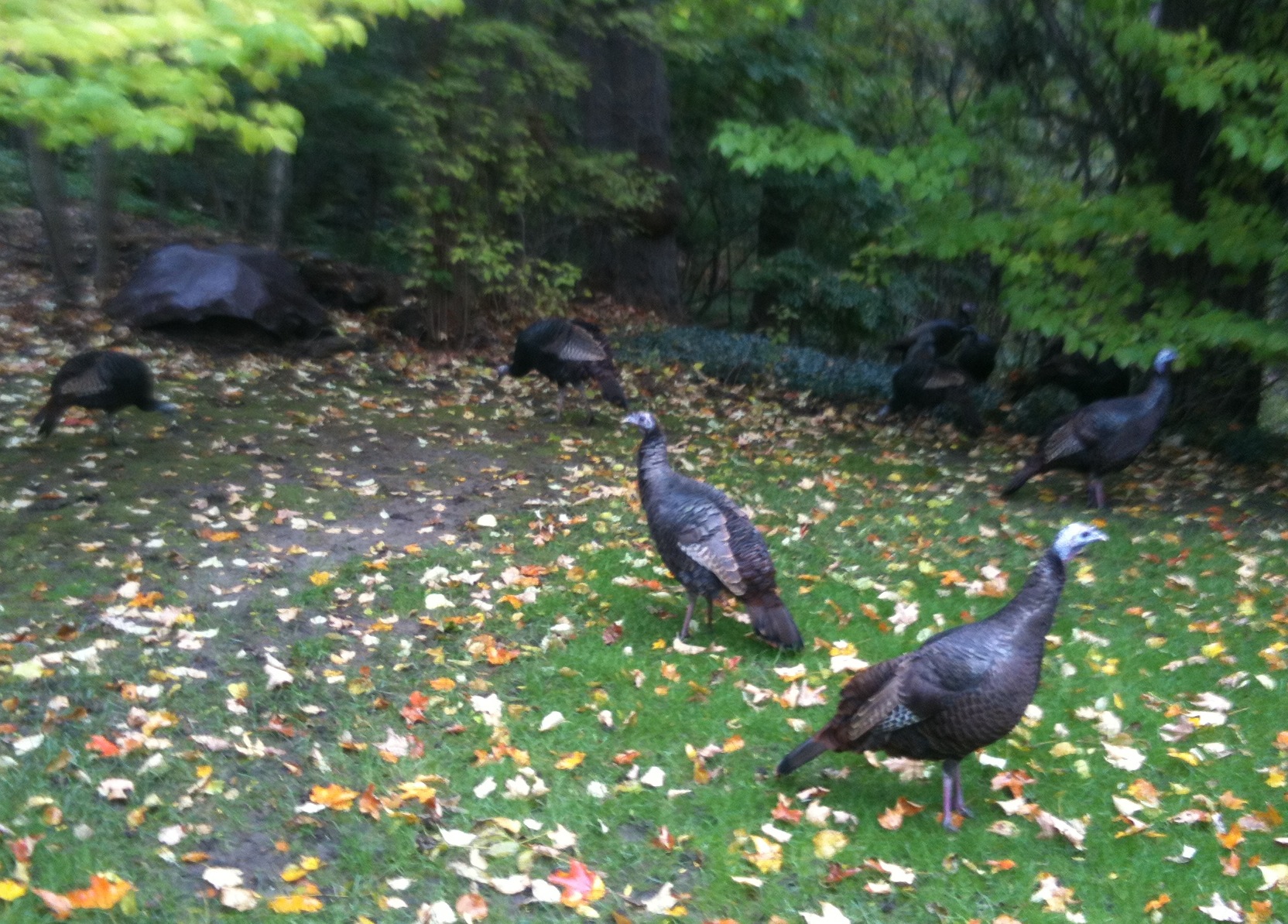



Bill Bliss
One of my earliest school memories about a holiday dates to second grade in the 1950s when our class reenacted the “first” Thanksgiving. We made our costumes out of construction paper. Some of us were Pilgrims wearing white paper collars and black paper Pilgrim hats. Others were American Indians wearing brown headbands with yellow feathers. Fresh from our October lessons about how Columbus “discovered” America, we prepared for our classroom celebration by learning the essential November mythology about how the Pilgrims arrived on the Mayflower, settled and tamed the new world, and then celebrated in 1621 with a harvest feast to which they generously invited the natives. We didn’t learn, of course, that this world was far from new, that the Pilgrims were ignorant about the land and wouldn’t have survived without the help and teachings of the Wampanoag people who lived there, and that these very skilled and wise indigenous people had been giving thanks through harvest celebrations for thousands of years.
Fixing Some Mythology: The Old and New Citizenship Test Questions
A surprising amount of the 100 questions on the old citizenship exam dealt with knowledge about the Pilgrims and Thanksgiving, including some of the mythology. Questions and recommended answers included:
- Why did the Pilgrims come to America? (For religious freedom.)
- What is the name of the ship that brought the Pilgrims to America? (The Mayflower.)
- Who helped the Pilgrims in America? (The American Indians; the Native Americans)
- What holiday was celebrated for the first time by the American colonists? (Thanksgiving.)
To its credit, when the US Citizenship and Immigration Service (USCIS) began the lengthy process of revising the citizenship exam, it sought input from educators, citizenship assistance organizations, historians, and others. One of their strongest recommendations regarding the history section was to replace or revise the Pilgrim/Thanksgiving questions. This was done, and two questions in the new citizenship test reflect the improvements:
- Who lived in America before the Europeans arrived?
- Name one American Indian tribe in the United States.
While the addition of these questions seems to be a simple undertaking, it was the result of an extraordinary amount of research and deliberation. It’s a meaningful improvement, and something to be thankful for! (By the way, "Thanksgiving" survives as a vocabulary item in the new test’s reading and writing sections.)
Thanksgiving in Our Citizenship Classroom
In the Voices of Freedom citizenship text I’ve attempted to offer students a more balanced account of the holiday’s history and to dispel some of the myths. Here is the Thanksgiving lesson. In addition to telling the story of the holiday, the lesson invites students to discuss family celebrations in their native countries as well as how they celebrate Thanksgiving here in the United States. Students also have the opportunity to relate the Pilgrims’ difficulties surviving in a new land to their own challenges adjusting to life in a new country.
Of all the civics enrichment suggestions in the text, students and teachers especially enjoy the Thanksgiving-related activities. These include a visit to a local supermarket and a classroom holiday meal for which students prepare a dish at home with Thanksgiving foods such as turkey, potatoes, corn, squash, or cranberries. Some students use recipes from their native countries, and others try more traditional US Thanksgiving dishes. Students write out their recipe instructions to share with the class.
Another holiday activity is our online field trip to the colonial village at the Plimoth Plantation in Massachusetts. In addition to its 17th-century English village and its full-scale reproduction of the Mayflower ship, this living museum also features a Wampanoag homesite with authentic dwellings and staff who are either Wampanoag or members of other Native Nations. The Plimoth Plantation website also offers a very interesting and nicely illustrated account of Thanksgiving history appropriate for students at an intermediate reading level. Take a virtual field trip there. I think your students will enjoy it.
A Thanksgiving Postcard

Here's a November scene from our family’s backyard, where wild turkeys take up residence in the woods behind us every fall. They’re a friendly bunch, and they don’t seem too worried about the approaching holiday. Happy Thanksgiving!
(Publisher’s Note: The new Voices of Freedom Activity & Test Prep Workbook features essential reading and writing practice for the citizenship exam, flash cards to help students master key interview questions, and practice tests. It is available separately and as part of the new Foundations EL/Civics Package and Beginning EL/Civics Package.)